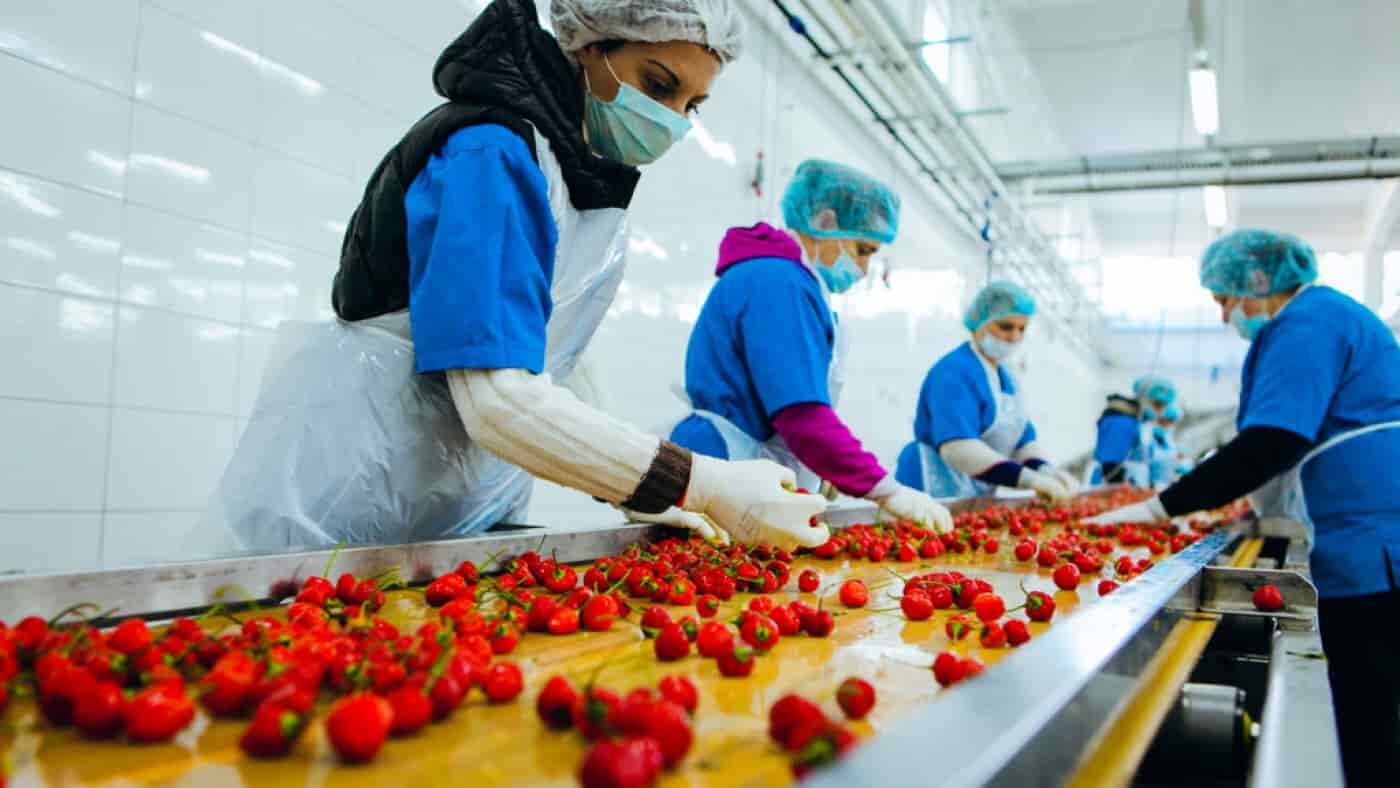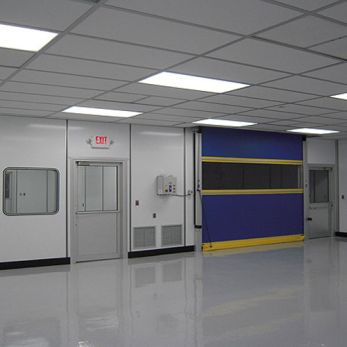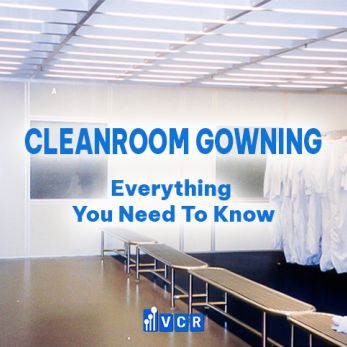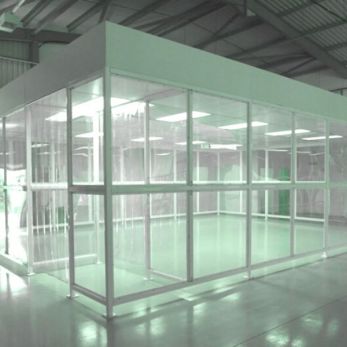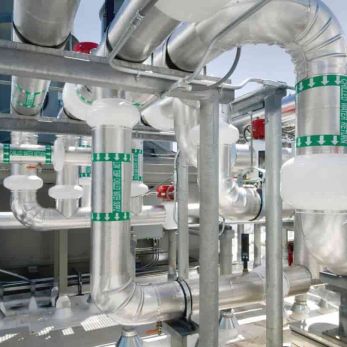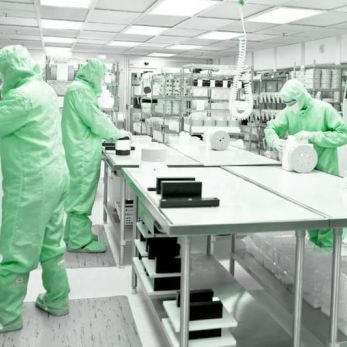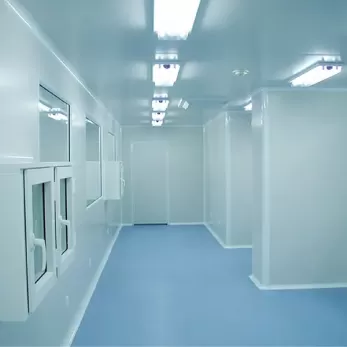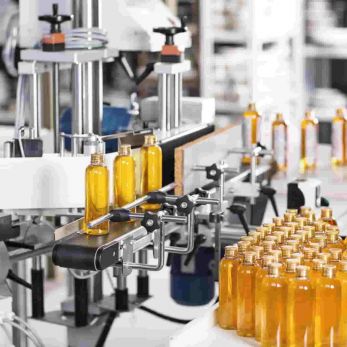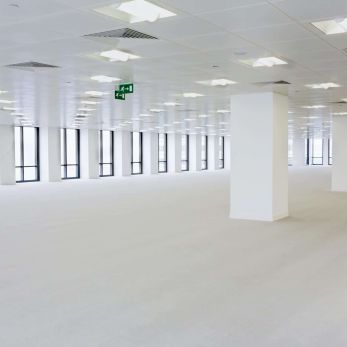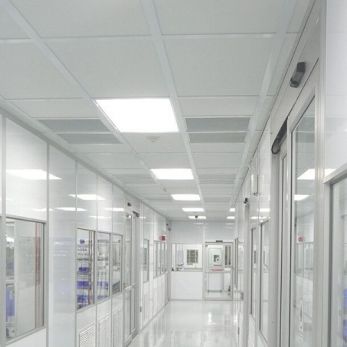The increasing demand for clean room in many industries
With the rapid development of medical and health, precision instruments, electronics and other industries, the demand for cleanrooms in all aspects of the industry is getting higher and higher.
- 1. Demand for cleanrooms for semiconductor, chip, and integrated circuit production
- 2. Demand for cleanrooms in the production of precision machinery and fine chemical products
- 3. Demand for pharmaceutical cleanrooms
- 4. Requirements for cleanrooms in medical applications and medical research
- 5. Demand for cosmetics cleanrooms
In recent years, with the rapid development of medical and health, precision instruments, aerospace, electronics, chemical industry, food, and other industries, the demand for cleanrooms in all aspects of the industry is getting higher and higher.
During the period, the scale of market demand continued to expand. In particular, the release of the new version of GMP 2010 has greatly promoted the demand for cleanliness in the manufacturing environment, thereby driving the expansion of the market scale of the entire cleanroom industry.
As the market demand for cleanrooms has gradually increased, the continuous expansion of the industry market scale has provided huge development opportunities for leading companies in the industry.
1. Demand for cleanrooms for semiconductor, chip, and integrated circuit production
In recent years, Viet Nam has strongly supported the development of semiconductors. The cleanliness of semiconductor materials is an important foundation for the development of semiconductor devices.
Due to the process requirements of large-scale integrated circuits, in order to obtain high-purity silicon materials, the high purity of raw materials and intermediates and the cleanliness of the production environment have become prominent problems affecting product quality.
Since the development of chips in the 1950s, they have occupied a large share in the domestic market and the international market. Now China has become the largest semiconductor market in the world.
Driven by strong demand and strong policies, the rapid development of chips has been unstoppable.
The yield of integrated circuit chips is related to the defect density of the chip, and the defect density of the chip is related to the number of particles in the air. Therefore, the rapid development of integrated circuits not only has extremely high requirements on the size of particles in the air but also needs to further control the number of particles.
At the same time, there are also related requirements for chemical pollution control in the production environment of VLSI.
2. Demand for cleanrooms in the production of precision machinery and fine chemical products
With the development of science and technology, the production and processing of many industrial products put forward extremely high requirements on the dust concentration in the production environment, which requires a certain level of air cleanliness in the production environment and various related substances required to control the production process.
For example, in film production, if the film is polluted by dust, emulsion oxidation will occur, activity will weaken, pH value changes, etc., thus affecting the photosensitive performance of the film.
3. Demand for pharmaceutical cleanrooms
Medicines are special commodities used for prevention, treatment of diseases, recovery, and adjustment of body functions, and their quality is directly related to people's health and safety.
If some medicines are contaminated or cross-contaminated by microorganisms, dust particles, etc. during the manufacturing process, unexpected diseases and hazards may occur.

4. Requirements for cleanrooms in medical applications and medical research
In medicine, biological dust-free workshops are often used for microbial contamination control. In the biological clean room, these microorganisms are mostly composed of bacteria and fungi, with a particle size of more than 0.2um, and the particle size of common bacteria is more than 0.5um, and most of them are attached to other material particles.
The biological pollution channel is not only through the air, but also related to the human body and the clothing of the operator.
In the field of medical research, biological laboratories, sterile laboratories, and "special breeding animals" breeding rooms for biochemical and medical experiments are also in great need of controlling microbial contamination.
5. Demand for cosmetics cleanrooms
Most modern cosmetics contain proteins, vitamins, amino acids, plant extracts, etc. These components provide favorable conditions for the growth and reproduction of microorganisms such as bacteria and molds.
Therefore, microbial contamination is an important factor affecting the quality of cosmetics. The control objects of the clean room used in the cosmetic production process are mainly dust particles and microorganisms, which are similar to the requirements of the clean room used in the production of pharmaceuticals.
At present, the air cleanliness level of cosmetic cleanrooms can be carried out with reference to the GMP specification for pharmaceuticals.
Read more: Cosmetic GMP guidelines
